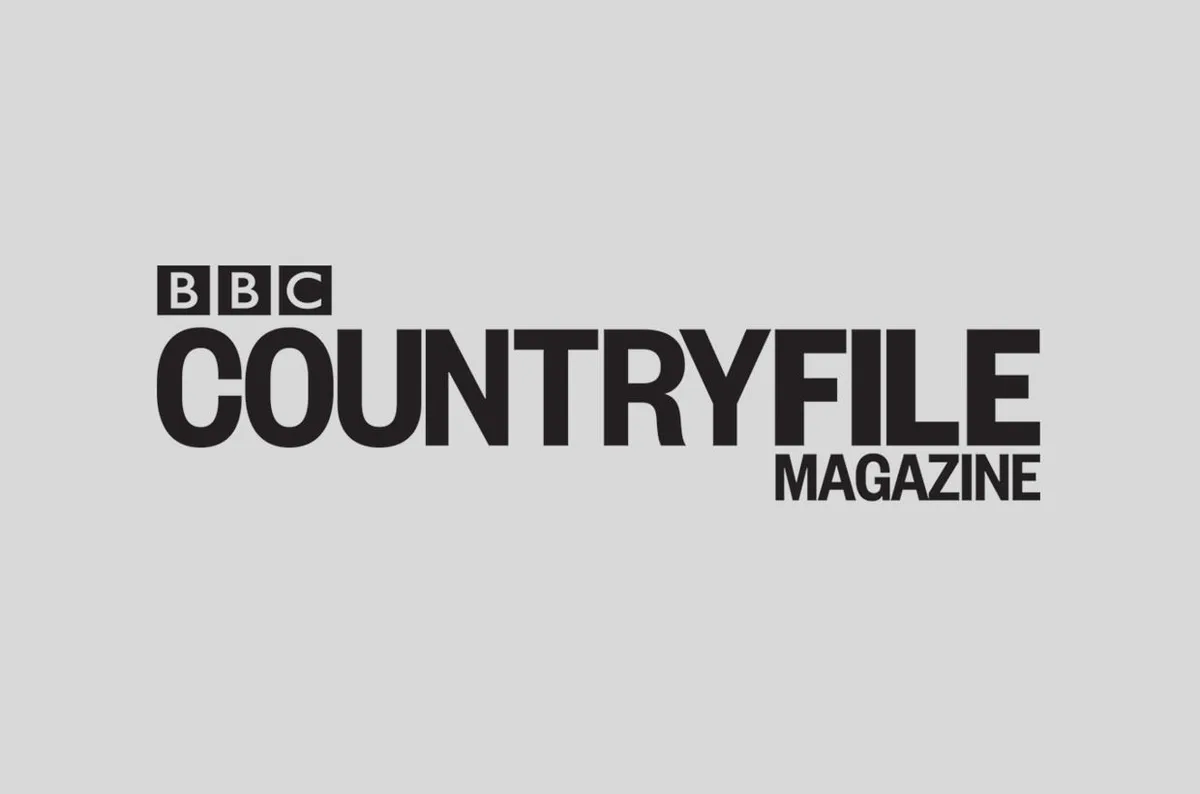I discovered this place after overhearing naturalists at a conference talking in hallowed tones about “Martin Down”. It wasn’t a person, but a place; 350 hectares of unspoiled chalk downland where flowers and insects flourish and rare birds sing.
So one hot June day I went there, cycling 10 miles from Salisbury. What I discovered so overwhelmed me that I spent eight hours exploring – and got very bad sunburn and an infestation of ticks. But I didn’t care. Imagine an ancient sweeping grassland landscape where every step takes you past a dozen different species of beautiful and unusual wildflowers. And it seems that every flower has its attendant bees, butterflies, beetles and ants. Cuckoos, yellowhammers, skylarks and even turtle doves provide a melodic backdrop that hasn’t changed in 2,000 years.
Although the landscape isn’t dramatic – a gentle rising vista of open meadows, scrub and ancient hedges that rises to a beguiling ridge a mile away to the south, it feels ancient. The great Bokerly Ditch runs along one side while mysterious mounds and dells hint that this was once a populated area in forgotten ages. Now sheep have the run of it.
If you tire (how could you?) of the open grassland, you can retreat to the cool of Vernditch Chase to the north of the A354. Here you can picnic in orchid-filled glades or butterfly haunted rides.
SPECIES: WILD FLOWERS
Why is Martin Down so good for flowers? Most of it has never been ploughed, so the ancient chalky soils still support a huge range of flowers that have evolved to eke a living from relatively nutrient-poor soil. Grasses, which dominate most of our fields, struggle to compete. This colourful landscape was once commonplace in southern England.
Scabious and Knapweed
These two flowers give Martin Down a purple haze in high summer and draw crowds of insects to their blooms. Knapweeds superficially resemble thistles without the prickles – once they set seed, birds such as goldfinches and linnets plunder them. Field scabious and sheep’s bit scabious are loved by butterflies such as this small skipper.
Bokerley Ditch
This vast dyke snakes along the western edge of Martin Down, defining the Dorset/Hampshire border. It’s thought that it was built as a boundary in the Iron Age but fortified in the 5th or 6th centuries AD against invading Saxons. There is also a huge sculptured mound within Martin Down, but this is no burial or fort. It was part of a Second World War rifle range.
Butterflies

With so many wildflowers on offer, it’s not surprising that butterflies and bees are common here. On sunny, windless days, you can easily find 20 species. The Adonis blue (below) is perhaps the loveliest of all, but the large, powerfully flying dark green fritillary is worth stalking to get a glimpse of its stained-glass window wings. Small coppers, small blues, grizzled skippers and marsh fritillaries are among the other gems you’ll spot from May onwards.
Birds
This is a place to see and hear classic farmland birds such as yellowhammers, whitethroats and skylarks, which have declined elsewhere. With luck you might spot a covey of grey partridges crossing the bridleways, while a visit in June or July is likely to be accompanied by the lovely purring of turtle doves. This is one of the most westerly sites for the species. In May, look for cuckoos singing from the hawthorns near the car parks and Bokerley Ditch.
Orchids
Martin Down is a haven for orchids: at least eight species of these exotic – some say erotic – flowers are found here. Some such as fragrant orchids stand tall in the glades of Vernditch Chase, while burnt-tip orchids sit snugly in the grass and need careful finding. Frog, green-winged and greater butterfly orchids all thrive here, too.
Pasqueflower
The appropriately named pasqueflower is an early Easter arrival (pasque comes from ‘paschal’, meaning Easter) – a deep purple bloom. Another May beauty is milkwort. It’s worth getting down on your hands and knees to admire its Lilliputian blue flowers, flecked with white.